Muscles or the muscular system is one of the most amazing mechanisms created by nature. From the simplest organisms to humans, from the tiniest movements of cilia to the powerful jumps of a kangaroo—muscles are at work everywhere. They are the universal engine of living nature, without which life on Earth would be unimaginable.
Key principles
Efficiency
Muscles are the most efficient natural engine, with an efficiency of up to 50%. Even the “lost” energy is not wasted but is converted into heat that warms the body. No artificial engine can match muscles in terms of efficiency and versatility.
Variety
The muscular system performs numerous tasks, from maintaining posture and moving the body to the finest movements of a musician’s fingers and facial expressions. The same principles of muscle function provide both the power of a lion and the grace of a ballerina.
Types and characteristics
During evolution, different types of muscles have emerged: smooth (ancient, slow, fatigue-resistant) and striated (fast, powerful, but quick to tire). Each type is perfectly adapted to its function: smooth muscles control internal organs, while striated muscles enable movement.
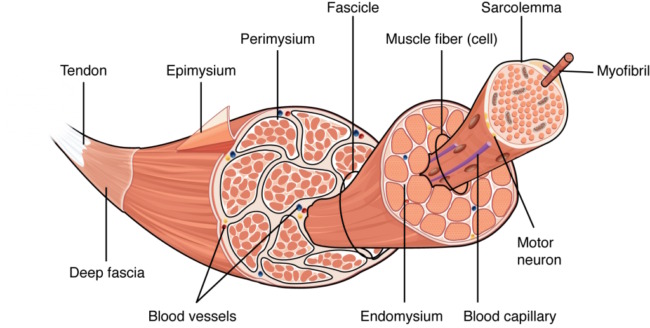
Energy supply
For muscles to function, they require a constant supply of energy in the form of ATP. The body has developed a complex energy supply system, ranging from immediate ATP reserves to long-term storage in the form of glycogen and fats. This allows muscles to work in both sprinting and marathon conditions.
Control and coordination
Muscle function is coordinated by an intricate system of neural connections. Every movement, from a simple step to a virtuoso performance on the violin, requires precise interaction among multiple muscles under the control of the nervous system.
Adaptability
Muscles have an incredible ability to adapt to stress: they can become stronger, more enduring, and faster. This plasticity allows the body to adjust to a wide range of living and working conditions.
The development of the muscular system has been one of the key factors in evolution. The emergence of skeletal muscles enabled animals to move actively, hunt, escape predators, and explore new territories and ecological niches.
Muscles and movement
The world of living nature is in constant motion. Herds or flocks of animals move, individual organisms move, bacteria move within a drop of water. Plants turn their leaves toward the sun, and all living things grow. Methods of movement have undergone a long evolutionary journey over billions of years.
Flagella
In 1676, Antonie van Leeuwenhoek was the first to observe bacteria under a microscope. He wrote that these tiny creatures move rapidly in a drop of water, but how they move was completely unclear. Leeuwenhoek assumed that bacteria had tiny legs.
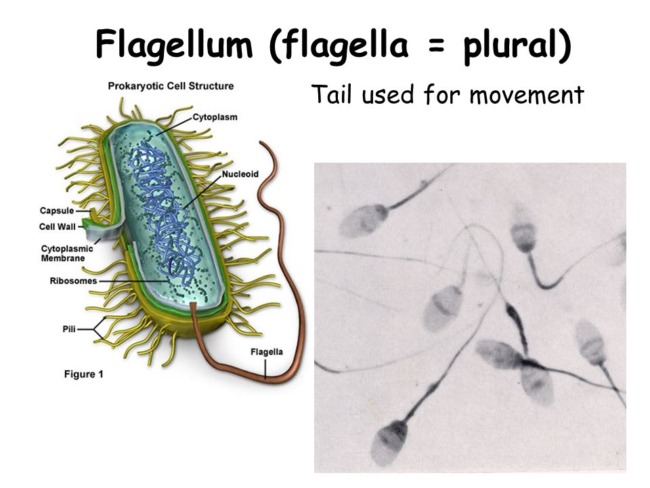
In the mid-20th century, scientists finally saw these “legs” under an electron microscope and named them flagella. They resemble thin threads. Flagella rotate at about 50 revolutions per minute. By forcefully drilling into the liquid and pushing it back, like a propeller, the flagellum pulls the bacterium forward.
A sensation arose when, for the first time in living nature, a structure functioning on the principle of a wheel was discovered. Nature “invented” this mechanism long before humans.
Besides bacteria, a vast group of living organisms—flagellates—as well as some plant, animal, and fungal cells have flagella. However, they move by beating rather than rotating. Such flagella no longer resemble wheels.
Short and numerous flagella are called cilia. In paramecia, their number exceeds 10,000. Cilia do not move chaotically but in wave-like patterns. They resemble rowers rhythmically dipping their oars into water. Skillfully, they steer their relatively massive “ship”—the paramecium—allowing it to turn and even move backward.
Pseudopodia
Amoebas move differently from flagellates. By extending pseudopodia (temporary projections of the cell body) in the direction of movement, they smoothly “flow” from place to place. It may seem that this method of movement is much simpler than the beating of flagella. However, in reality, as the amoeba extends and retracts its pseudopodia, it moves in a rather complex, swaying manner.
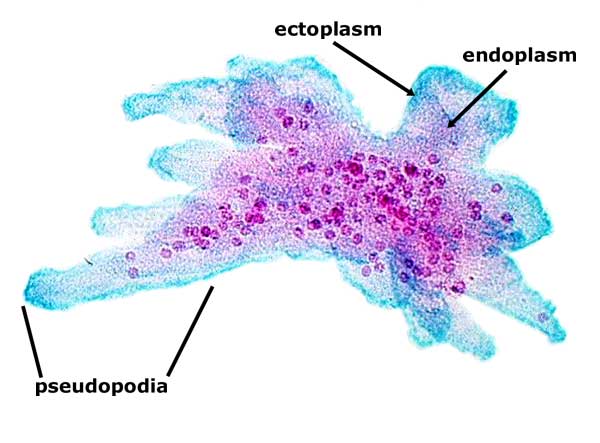
It is important to note that these forms of movement—through pseudopodia, flagella, and cilia—did not disappear during evolution but instead remained at the cellular level. For example, in humans, white blood cells move similarly to amoebas, while male reproductive cells are equipped with flagella. Even the human respiratory tract is lined with cilia, whose beating helps remove dust, pollen, and other debris.
Antagonistic muscles
Muscles can only pull but cannot push. Therefore, they usually work in pairs—for example, the flexor of the arm at the elbow joint (biceps) and the extensor (triceps). Such pairs are called antagonists.
Movement methods of quadrupeds
The simplest form of movement is a slow walk. While walking, only one leg is lifted at a time, while the other three serve as support. At faster gaits (methods of walking and running), the support on three legs disappears, and at any given moment, the body rests on no more than two legs.
Many predators and hoofed animals freely choose the most efficient gait for each speed. For example, for a horse, the best gait at speeds up to 5 km/h is walking. At 7 km/h, trotting is more efficient, and from 15 km/h, galloping becomes the most comfortable gait. Large trotting horses can sustain speeds of 45 km/h while trotting.
How many muscles does human have?
According to scientists, humans have between 400 and 680 muscles. For comparison, gorillas have up to 900, and some fish have up to 4,000.
The total muscle mass in relation to body weight is about 40% in men and about 35% in women. In athletic individuals, this ratio increases to 55%.
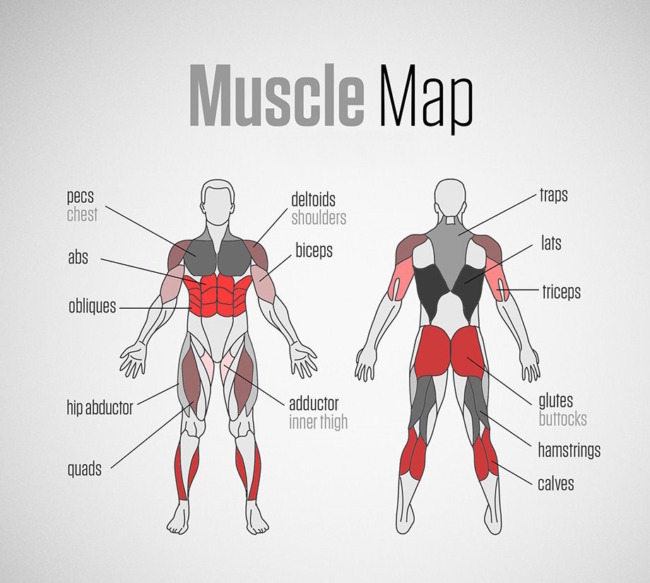
Despite modern humans likely walking much less than their prehistoric ancestors, scientists have calculated that, on average, a person walks more than 384,000 km over 70 years—the equivalent of the distance from Earth to the Moon.
The fastest and the strongest
The fastest land animal is the cheetah. Over a distance of 500 meters, it can reach speeds of up to 101 km/h. The best racehorse moves at a speed of 72 km/h.
The fastest fish is the Pacific sailfish, which has been recorded reaching speeds of up to 109 km/h over a distance of 100 meters.
As for the strongest creatures in nature, the ant, for example, can lift weights 50 times greater than its own body weight. The rhinoceros beetle, on the other hand, is capable of supporting weight on its back that is 850 times its own. (For comparison, an elephant can only support a quarter of its body weight on its back.) The general rule is as follows: the larger the animal, the smaller the weight it can lift in relation to its own body weight.
Muscle as an engine
Muscle is a more efficient engine than, for example, an internal combustion engine, not to mention a steam engine. Its efficiency reaches 50% (while a car engine does not exceed 35%). Moreover, the remaining energy is not wasted—it helps maintain body temperature. It is well known that the best way to warm up is to engage in muscle activity. When a person gets cold, their muscles begin to contract involuntarily (causing shivering), which generates heat.
For a muscle to work, it needs “fuel.” The universal “fuel” (ATP) is discussed in the article Body Substances. If its supply is depleted, a person experiences exhaustion— “weakness in the knees,” as if the muscles refuse to function.
Energy is needed not only for contraction but also for muscle relaxation. If energy reserves are exhausted, as in deceased animals, the muscles “stiffen,” unable to either relax or contract.
Muscle contractions
Most multicellular animals move using muscle contractions. This could include nearly any movement of most multicellular animals. How diverse these movements are, yet they all follow the same fundamental principle!
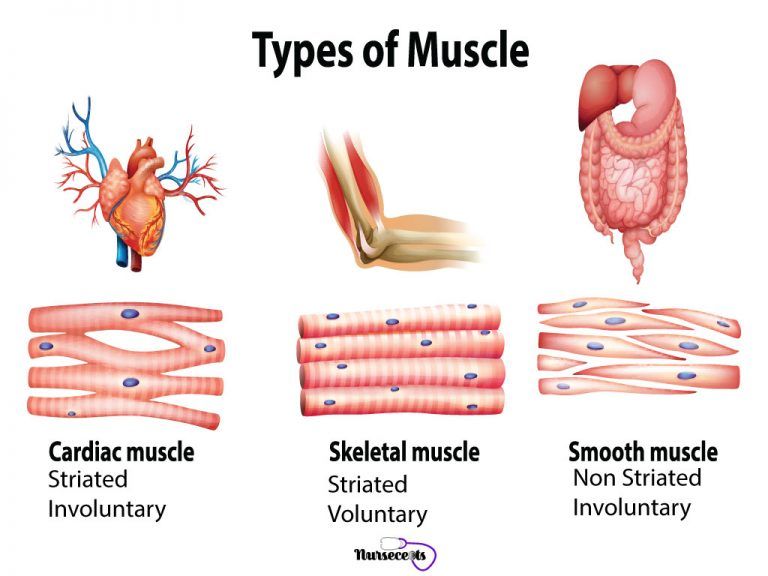
Scientists identify several types of muscle. The oldest in evolutionary origin is called smooth muscle. Most invertebrates (such as mollusks) have only smooth muscle tissue. These muscles contract very slowly (it is no coincidence that snails have become a symbol of slowness). However, they also tire very slowly. For example, the muscle that closes a mollusk’s shell can remain contracted for many days at a time.
In humans, smooth muscles constrict blood vessels, create wave-like movements in the intestines, regulate pupil size, raise hairs on the skin, and cause “goosebumps.” People cannot consciously control these movements.
Skeletal muscles
In arthropods and vertebrates, a new type of muscle evolved independently. These are called skeletal, or striated, muscles. Professor Vernadsky wrote about this: “The struggle for survival, competition among living creatures, gradually became harsher and more ruthless. Life could not tolerate slow, soft-bodied organisms—loose as jelly, moving as sluggishly as a clock hand. Struggle and selection demanded innovation.”
Striated muscle completely solved the problem of speed and power—something that ancient animals sorely lacked. This new type of muscle can contract with lightning speed: consider the wing movements of a fly or mosquito, which beat hundreds of times per second. At the same time, these muscles generate significantly more power than ancient muscle cells (smooth muscles).
Indeed, skeletal muscles can contract up to a thousand times faster than smooth muscles. However, skeletal muscles also tire quickly.
Mechanism of muscle contraction
Muscles are made up of muscle fibers. What enables them to contract? For a long time, this question remained a mystery to scientists. It is known that of all biological substances, proteins exhibit the greatest ability to undergo remarkable transformations. Could muscle contraction be caused by the shortening of protein molecules?
Scientists discovered that muscle fibers contain two types of filaments: thick ones (made of the protein myosin) and thin ones (made of the protein actin). In 1954, several biologists independently concluded that the thick and thin filaments do not change in length but instead slide past each other.
In skeletal muscles, thick and thin filaments are arranged in a highly organized pattern. Like the teeth of two combs interlocking, they enter into each other. Under an electron microscope, the areas where the “combs” enter into each other appear dark, while the areas where they are separated appear light. This creates a regular alternation of dark and light bands. Because of this, skeletal muscles were named striated muscles.
As for smooth muscles, they also contain thin and thick filaments of actin and myosin, but they are rather chaotically mixed. Therefore, the alternation of bands cannot be seen under a microscope.
New research on muscles
In recent decades, scientists have made significant breakthroughs in understanding how muscles work. It has been discovered that muscle fibers contain special protein sensors that respond to stretching and contraction, sending signals to the nervous system. These proteins play an important role in maintaining muscle tone and coordinating movements.
Muscle fatigue
Interestingly, muscle fatigue occurs not only due to the depletion of ATP reserves but also as a result of lactic acid accumulation. During intense muscle activity, lactic acid is produced, temporarily reducing their performance. This is why athletes alternate periods of exertion and rest, allowing muscles to recover.
Muscle regeneration
Muscle tissue has a remarkable ability to recover. When a muscle is damaged, special cells—myosatellites—are activated, participating in muscle tissue regeneration. This process is especially active in athletes after intense training, leading to an increase in muscle mass.
Comparison of human and animal muscles
Although the basic principles of muscle function are the same for all vertebrates, evolution has created an astonishing diversity of muscular systems. Let’s examine the key features.
Distribution of muscle mass
In different animal species, muscles are distributed unevenly. For example, kangaroos have highly developed muscles in their hind limbs, birds have strong chest muscles for flight (making up to 30% of their body mass), and giraffes have powerful neck muscles. In humans, leg muscles are the most developed, which is related to bipedal walking.
Fast and slow fibers
The ratio of fast and slow muscle fibers varies among species. Cheetahs have a predominance of fast fibers, allowing them to reach incredible speeds. Elephants, on the other hand, have more slow fibers, enabling prolonged activity. In humans, this ratio is approximately 50/50, making both sprinting and long walks possible.
Special muscles
Some animals possess unique muscles that humans do not have. For example, horses have a subcutaneous muscle that allows them to shake off insects by moving their skin. Cats have special muscles that control the movement of their whiskers (vibrissae). Monkeys have well-developed muscles for climbing trees.
Contraction strength
The muscles of certain animals can generate incredible strength relative to their size. A flea can jump to a height 200 times its body length. Humans do not have such relative strength, but their muscular system is better adapted for precise and diverse movements.
Muscle control
Humans have far more nerve endings in the muscles of their hands and face than other primates. This allows for highly precise finger movements and subtle facial expressions, which played an important role in the development of labor and social communication.
Fun facts about muscles
Here are some interesting facts about muscles:
- The human body contains over 600 muscles.
- Muscles make up about 40% of total body weight.
- The largest muscle in the body is the gluteus maximus (buttocks).
- The smallest muscles are found in the inner ear.
- The masseter (jaw muscle) is considered the strongest muscle relative to its size.
- Muscles can only pull, not push.
- The heart is the hardest working muscle, pumping about 7,500 liters of blood daily.
- Eye muscles are among the busiest, making up to 10,000 coordinated movements in an hour of reading.
- Muscles are built during sleep, not just during exercise.
- There are three types of muscles: smooth, cardiac, and skeletal.
- Muscle tissue is about 15% denser than fat tissue.
- Most body heat that keeps you warm is generated by muscle movement.
Materials and sources we used to write this article:
- Biology. Encyclopedia for children. License № 062284, 22.02.1993
- https://en.wikipedia.org/wiki/Muscle
- https://laney-lee.com/fun-facts-about-the-muscular-system/
- https://www.aatbio.com/resources/faq-frequently-asked-questions/what-are-the-characteristics-of-skeletal-muscle-cells
- https://www.kenhub.com/en/library/anatomy/muscles
- https://www.kenhub.com/en/library/anatomy/types-of-muscle-cells
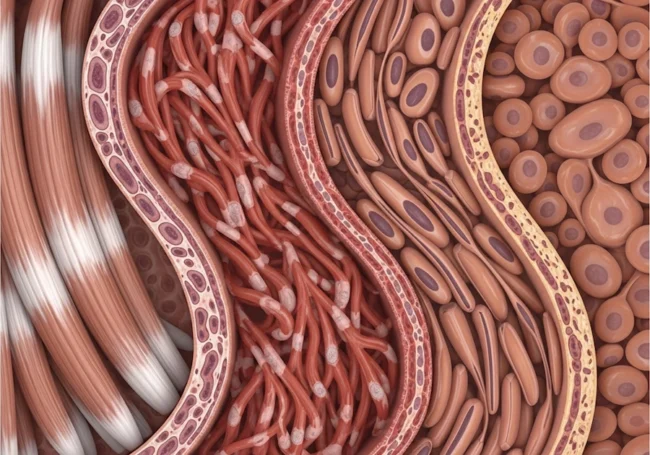
Leave a Reply